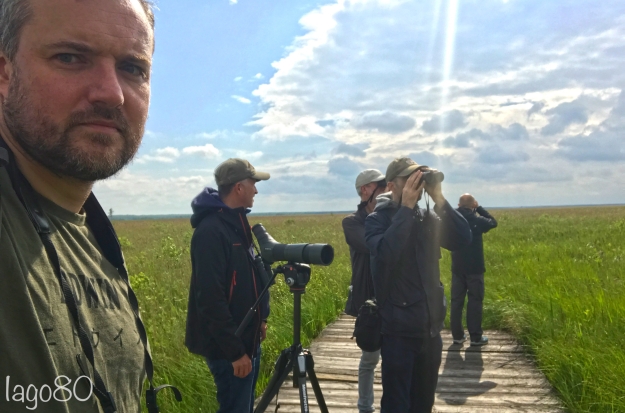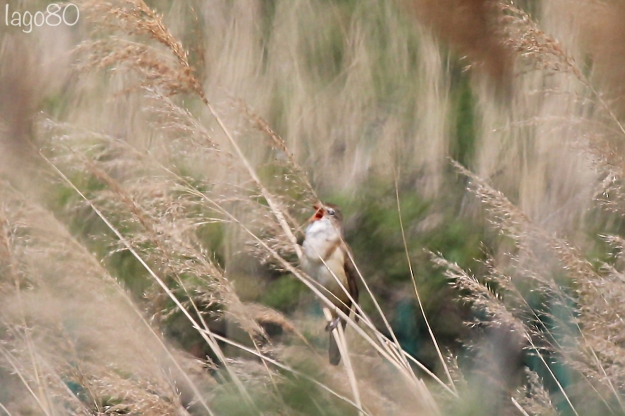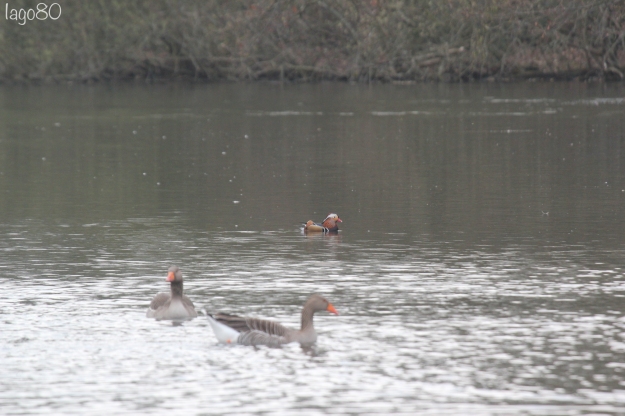2018 will forever remain an important year for me. A number of sizeable personal life events occurred; most notably the fact that I have recently become a father.
It was not a massive birding year for me (perhaps due to the reasons above), although I recorded my best patch year total with 110 species and 12 brand new patch birds. There were some notable absences in my patch year list (Garden Warbler probably the most unexpected, and my first year blanking Pied Flycatcher being a disappointment. Missing out on the showy Black-tailed Godwit on Alexandra Lake was also gripping in the extreme). However, the disappointments were undoubtedly outweighed by the highlights which, as is the want of birding bloggers, I will share here.
Best photo
As I inflict many terrible photos on the readers of this blog, I thought I ought to start with one that is a little better than my average. A bird that I wish I had seen in the UK, but actually saw where it is common; Tokyo, Japan…

Dusky Thrush (Turdus eunomus)
Top ten birding moments (in chronological order)
1. Goldeneye, Wanstead Park

Common Goldeneye (Bucephala clangula)
Not a bird likely to be on many of my patch colleague’s ‘top moments’ lists for more than one reason, including the fact that it was only seen by Nick (the finder) and me. I also have a soft-spot for the River Roding as an under-watched part of the Patch, and seeing this Patch-scarce (8th record and Patch tick for me) was a bright moment during dark February.
2. Brown-eared Bulbul, Tokyo, Japan

Brown-eared Bulbul (Hypsipetes amaurotis)
Anyone who has been to Japan will have seen a lot of these birds. Oh boy are they everywhere! But opening the shutters of our bedroom window after our first night in Japan to find this enigmatic bird just a few metres away, surrounded by cherry blossom just seemed to be so quintessentially Japanese that the moment has stayed etched in my mind.
3. Japanese Pygmy Woodpecker, Hakone, Japan

Japanese Pygmy Woodpecker (Yungipicus kizuki)
Another common bird in Japan, but being totally alone on the fringes of a mountain village in the shadow of Mount Fuji and watching this stunning bird for several minutes feeding on a moss-covered tree was special.
4. Tree Pipit, Wanstead Flats

Tree Pipit was not one of the 12 new birds for the Patch I saw this year, but the April bird gave me the best views I have had of this normally fleeting passage migrant; the best views on the Patch… and, actually, probably the best views I have ever had of this bird.
5. Cuckoo, Wanstead Flats

Common Cuckoo (Cuculus canorus)
A bittersweet birding moment in that my joy at watching this bird sail right past me and perch up around 10-15 metres away – a patch tick – was somewhat dampened by the fact that none of my fellow patch workers got to see it. I remember watching a perched cuckoo as a very young child in Northamptonshire having heard its distinctive call. Now, the call is increasingly rare in the UK, and I can count on one hand the number of times I have seen this bird perch up, so seeing this on the Patch was a bonus.
6. Aquatic Warbler, Biebrza Marshes, Poland

Aquatic Warbler (Acrocephalus paludicola)
Poland was the only birding-specific overseas trip I undertook in 2018 and I added many ticks to my life-list. Aquatic Warbler was one of the first and most vulnerable of these ‘ticks’. Standing in a sea of reeds and then eventually hearing and seeing one, two, and then three and more of these ‘acros’ climb up a stalk and perform for us was a trip, and year, highlight for me.
7. Three-toed Woodpecker, Bialowieza, Poland

Eurasian Three-toed Woodpecker (Picoides tridactylus)
We connected with seven species of Woodpecker (and it could have easily been ten if we had stayed another day or so) in Poland. The toughest to find, but most rewarding to watch (for me anyway) was the Three-toed Woodpecker, as our group actually helped to locate a nest-hole for our guide, and we spent several minutes watching a female move between the trees around us. A classic life tick.
8. Red-backed Shrike, Wanstead Flats

Red-backed Shrike (Lanius collurio)
Had it not been for a certain bunting (see below), RB Shrike would have been the rarest patch bird of the year for me. One of several fantastic finds by Mr N. Croft this year, I was pleased with a brief glimpse on the day it was found, but thrilled the following day when I walked around a bush and froze as it was right in front of me. A bird I also added to my French patch list the year before, even as a juvenile, this bird wins the ‘best-looking bird’ award in this list of ten for me.
9. Rustic Bunting, Wanstead Flats

Rustic Bunting (Emberiza rustica)
Undoubtedly the rarest bird I have seen in four years of birding my local Patch of Wanstead Flats and Wanstead Park. An outstanding find by Nick again. The photo above was taken when there were hundreds of twitchers on our local Patch at the weekend, but my first sighting of the bird had been early one morning in the golden light of autumnal dawn. At first a brief flash of a bunting, and then that moment when ID clicks into place and you know you have connected with a rare bird; what a way to get a full world life tick; right on my doorstep.
10. Lesser Spotted Woodpecker, Wanstead Park

Lesser Spotted Woodpecker (Dryobates minor)
The third woodpecker on my list (in fact I added five woodpecker species to my life-list in 2018) but this one; a patch-tick rather than a life tick had to be the most satisfying. A once-resident breeder on the Patch (before my time) that is now only a scarce visitor. Finding this female in the Park was a great moment for me and was filled with the glimmer of hope that this nationally declining bird might come back and breed again locally.
People, places, and things
So, there were some great birds, but it was more than just about the birds. Sometimes I went birding in some rather unglamorous places…

Beckton Sewage Works
But sometimes also in some beautiful places…

Bialowieza Forest, Poland

Hakone, Japan

Wanstead Flats
Sometimes I had the peace of birding in solitude, but sometimes I had the pleasure of birding in the company of others.

Biebrza Marshes, Poland
Now I am a father, my birding opportunities in 2019 might not be quite so frequent, but I look forward to clocking up a few new experiences.




















































